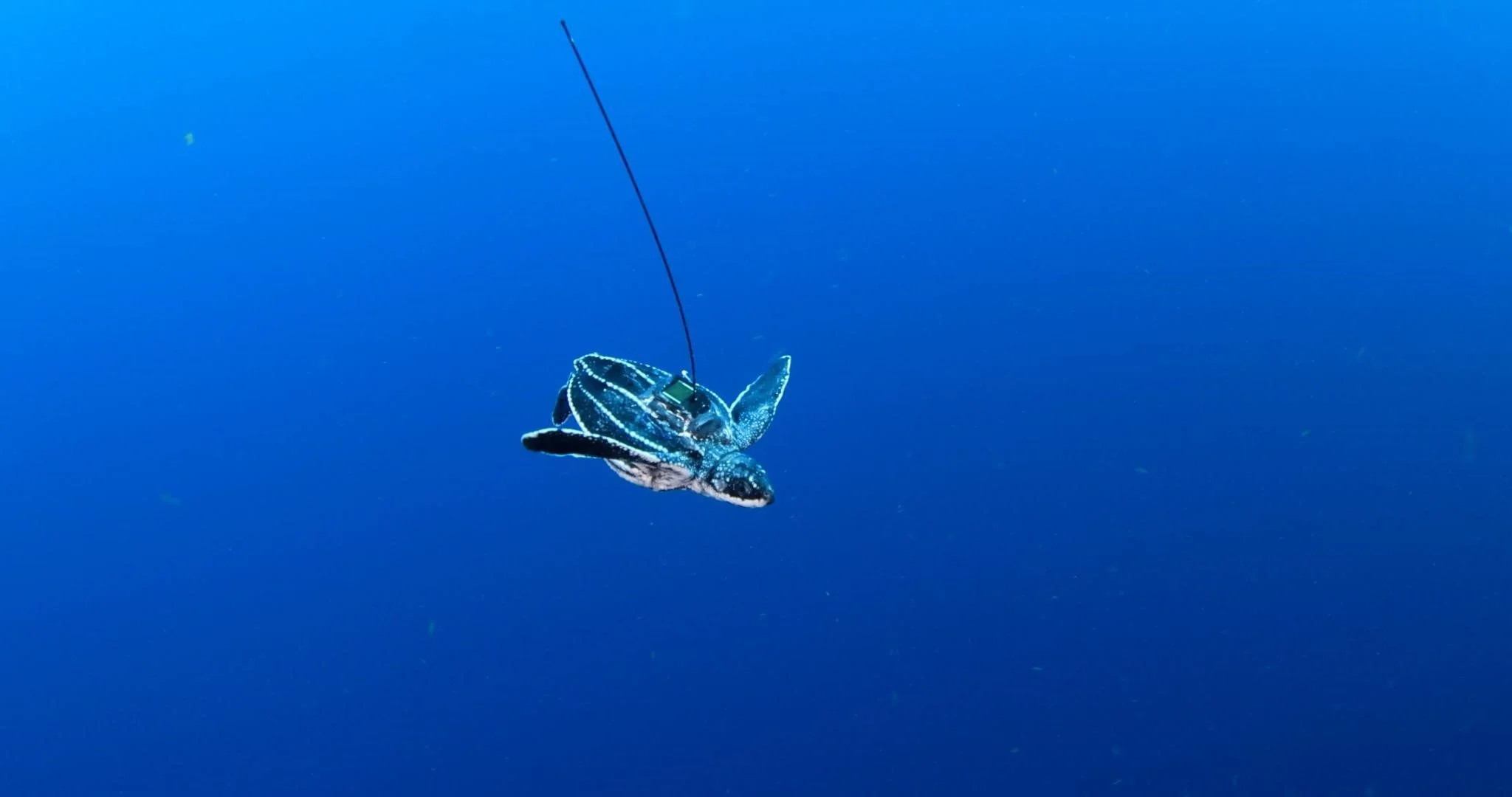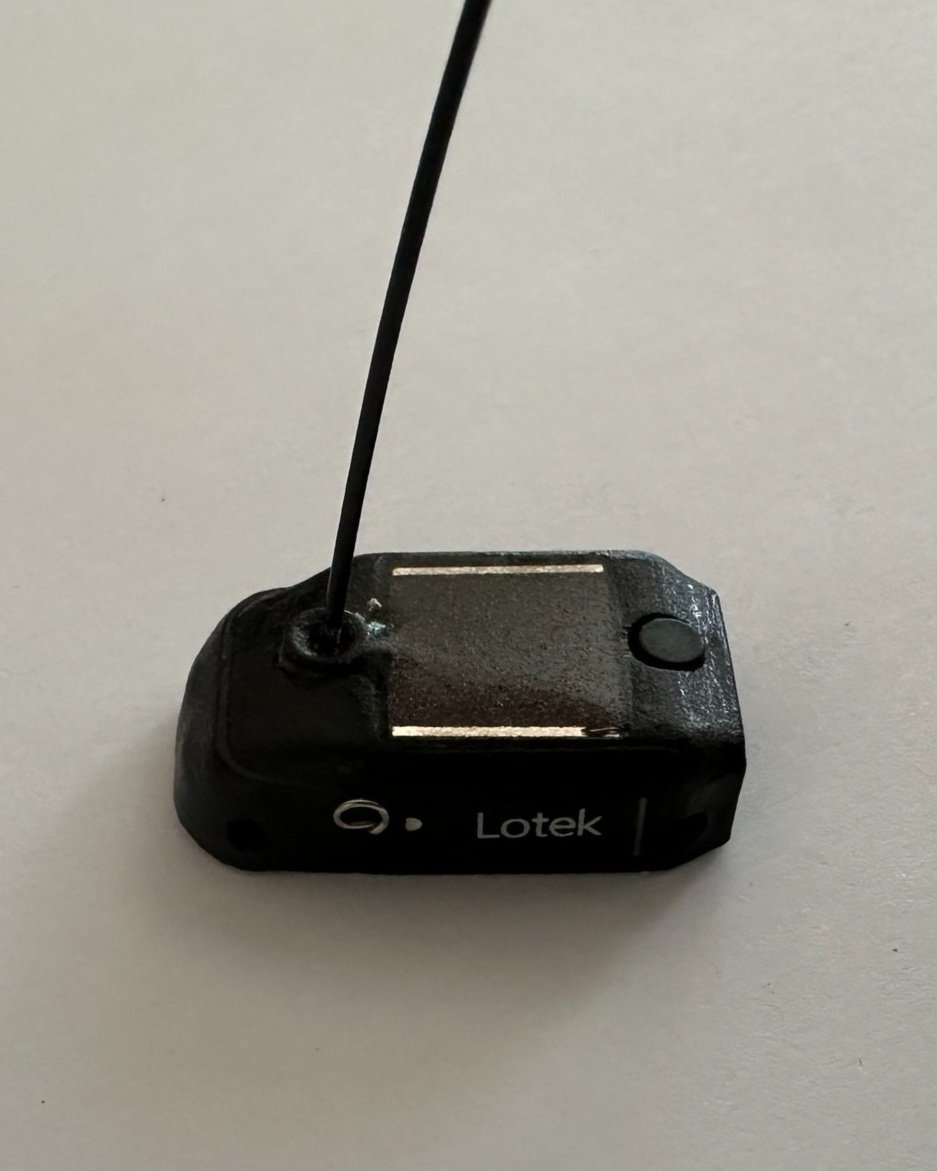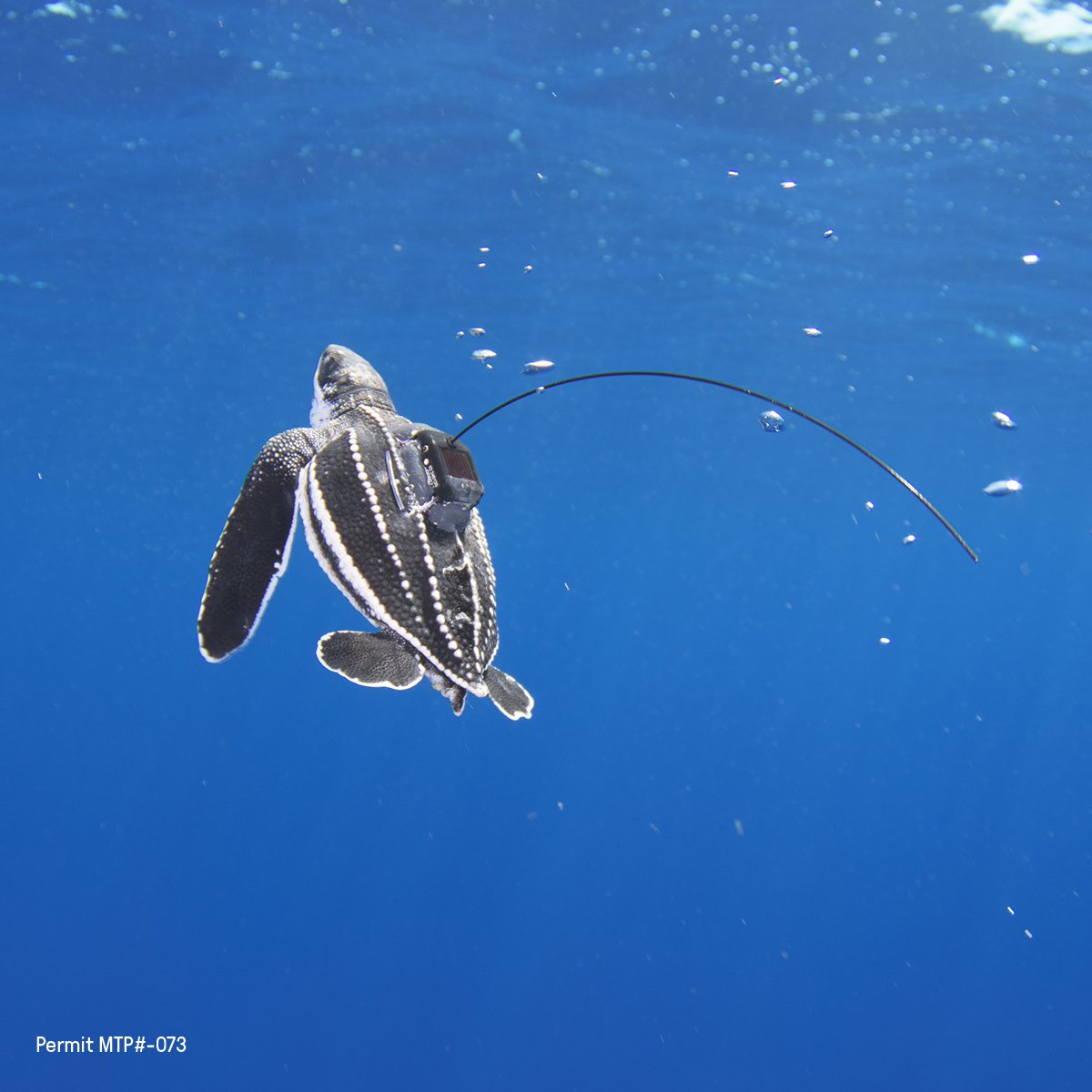Biotelemetry, also known as biologging, is a field of research involving the application of equipment (tags and other devices) to follow an animal and collect data on its location, physiology, behavior and surrounding environment. This data helps to inform conservation and management strategies; for example identifying areas where an animal forages, breeds or shelters, and then restricting human activities within those areas. Below is a quick breakdown of some of the basic types tags we use to learn more about sea turtle movements and behavior.
The tag duration is dependent both on the tag type and the attachment method. If the attachment method fails, the tag will fall off the turtle and cease to transmit. You may also be wondering why we don't use Bluetooth tags like Airtags and Tiles. These kinds of tags require Bluetooth or cellular service to triangulate location, so they are not viable for researching species in the wilderness, like sea turtles in the middle of the ocean.
Best practices in marine biologging and biotelemetry studies aim for tags to weigh less than 5% of the animal's body mass. Meeting the weight requirement is easy for large adult turtles (weighing > 800 lbs) tagged on nesting beaches, but for tiny juvenile turtles (~125 - 300g), not so much. Until very recently, researchers have not been able to tag small turtles, so there is a lack of data about juvenile sea turtle movements and behaviors after they leave the beach. Researchers often refer to this life history stage as “The Lost Years.” So, what kind of tag can we use to follow smaller turtles out in the ocean and learn more about these lost years?
Upwell Executive Director Dr. George Shillinger has been dreaming of tagging sea turtles at various life stages for decades. George first discussed tag miniaturization possibilities with Dr. Jeanette Wyneken (Director of the FAU Marine Lab) over a decade ago. Since 2019, Upwell has worked in collaboration with Lotek Wireless to develop a tag small enough for juvenile turtles, resulting in the creation of a prototype micro-satellite tag weighing no more than 2.5 grams. That’s less than the weight of a penny! These model K4H tags can be deployed on juvenile turtles weighing 100 grams or more.
When Upwell field tests the micro-satellite tags engineered by Lotek, our scientists provide critical feedback about their hardware, software, attachment methodologies, and data processing. This feedback enables Lotek to maximize the tag’s performance in the context of the real world conditions of a sea turtle’s life and their dynamic marine environment.
“Collaboration with sea turtle research scientists in the development of K4H micro-satellite tags design proved very successful. The collaboration facilitated the development process from alpha through beta prototyping to final design. Critical to this success was the application of scientific expertise regarding species specific physiology and behavior, conducting controlled in-situ experiments.”
Photo by Lazaro Ruda
The K4H tags send location data and are also equipped with sensors to collect data on dive time and depth. Solar panels are being tested as a way to improve tag battery life and could extend transmission time up to 8-12 months. The tag’s antenna is designed to reliably transmit data from remote ocean locations but also to be flexible, so as to interfere as little as possible with the turtle’s natural movements and behaviors. The flexibility also reduces risk of snagging or entanglement. Thanks to the innovative attachment technique designed by FAU Marine Lab Director Dr. Jeanette Wyneken (in preparation with Candela et al.), the tags detach from the juvenile turtle's carapace as it grows. Prior to release of the turtles, Upwell researchers work with tag engineers at Lotek, and physicists at Mercator Ocean international to develop programming strategies to optimize satellite detection likelihoods, in accordance with observed turtle behaviors and projections regarding prevailing satellite trajectories.
Micro-satellite tags play a key role in Upwell’s Lost Years initiative, enabling us to collect data on poorly understood life-history stages. To design effective sea turtle conservation measures, it is necessary to understand where juvenile turtles are going and how they are responding to the marine environment. To learn about how we find small juvenile turtles weighing 100 grams or more (hint: collaboration!), release them with tags and follow their movements, keep reading in Following Tiny Turtles at Sea: Tag Deployment.



